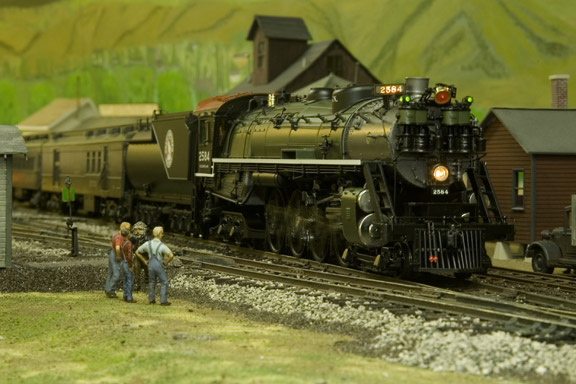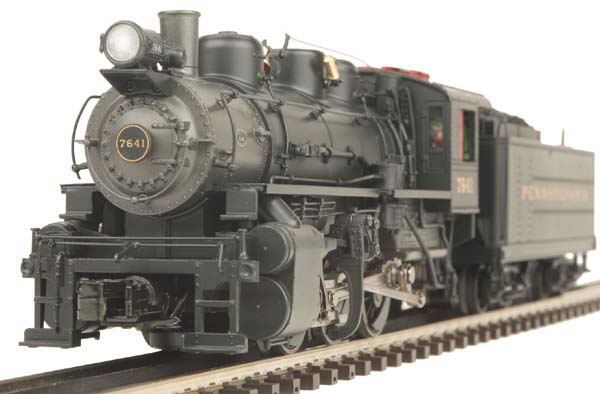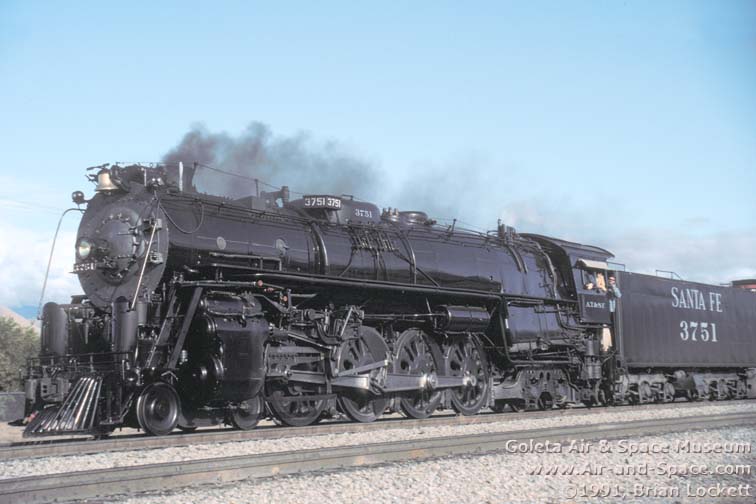I'm looking for info on what are the items on the front of boiler hatches on certain steam engines? They are in front of the Allegheny (2 of them). I see them on certain other steamers as well. I came across the description of this Pump, Westinghouse Cross Compound. I'm guessing that it's what's on the front?? They look real close to what I'm seeing.
http://www.accucraft.com/model...98-411-ALLEGHENY.htm

What's it do/for???????? ![]() (air brakes?)
(air brakes?)
















